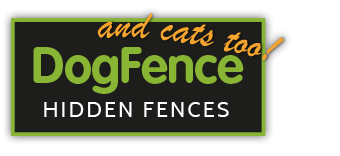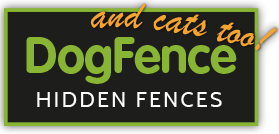Pages
- "Posh Paws" gallery
- About Us
- Are Dog Fences Legal? Expert Guidance
- At what age can a dog use an invisible dog fence?
- Can I take my dog fence with me if I move?
- Cart
- Cat Fence Containment
- CatFence
- Checkout
- Contact
- contact-test
- Customer Service
- Customer Testimonials
- Dog Fence
- Dog Fence Hidden Fence Features
- Dog Fence Layouts
- Dogfence News
- DogFence Overview
- Experts Views
- FAQ New
- Frequently Asked Questions
- Groundskeeper
- Handbooks
- Hidden Dog Fences
- Home
- Home (copy)
- Home -Archive
- How big an area will the dog fence cover?
- How does my dog learn where the dog fence boundary is?
- How long does an invisible dog fence installation take?
- How the Dog Fence Works
- How to Buy DogFence
- How will the dog fence wire cross my driveway?
- Indoor Dog Fence
- Installation
- Instructional Videos
- Is Dogfence for me?
- Is Your Dog Escaping? Why Choose DogFence?
- Lightning Protection
- My Account
- Online Products
- Performance Series
- posts
- Privacy Policy
- Professional Dog Fence Installation Services | Secure Your Pet's Safety
- Professional Systems
- Request a quote
- Self-Installing a Dog Fence
- Service Call
- sitemap
- SmartFence
- Smartfence Video
- Special Offers
- System 1200
- System 1200+
- Terms & Conditions
- Testimonials for our Dog Fence
- Testing
- Thank You
- Thank you for referring a friend
- Thank you for signing up
- Timeline
- Troubleshooting
- What is a pet containment fence?
- Why we use FM Radio Frequencies for Pet Containment
- Will an invisible dog fence work with any pet?
- Will the dog fence hurt my dog?
- Will the dog fence work for more than one pet?
- Will the dog fence work for my pet?



